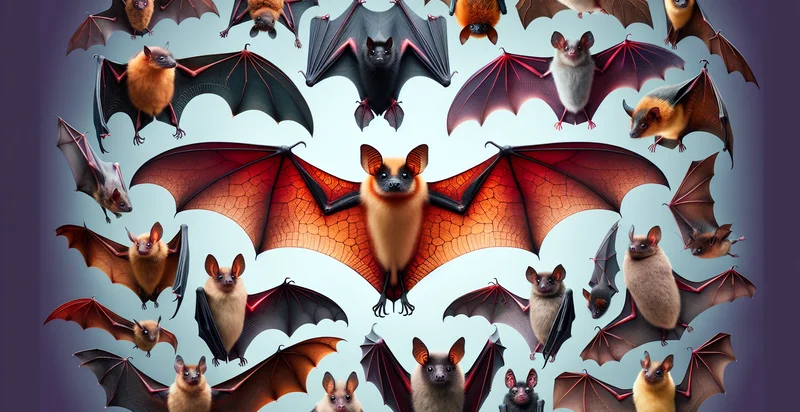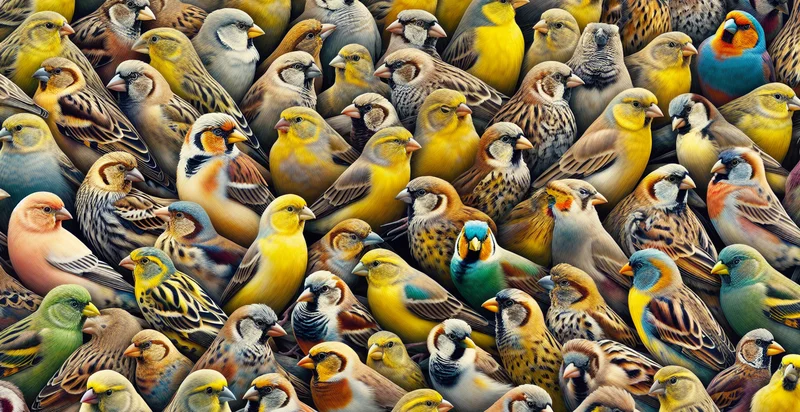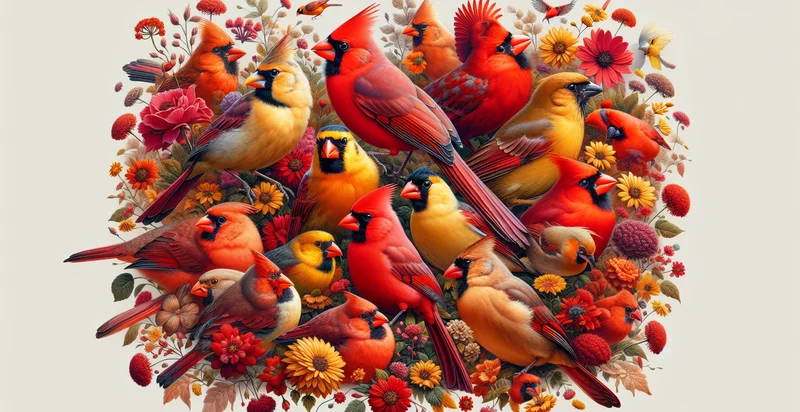Identify bat species
using AI
Below is a free classifier to identify bat species. Just upload your image, and our AI will predict which species of bat it is - in just seconds.

Contact us for API access
Or, use Nyckel to build highly-accurate custom classifiers in just minutes. No PhD required.
Get started
import nyckel
credentials = nyckel.Credentials("YOUR_CLIENT_ID", "YOUR_CLIENT_SECRET")
nyckel.invoke("bat-species-identifier", "your_image_url", credentials)
fetch('https://www.nyckel.com/v1/functions/bat-species-identifier/invoke', {
method: 'POST',
headers: {
'Authorization': 'Bearer ' + 'YOUR_BEARER_TOKEN',
'Content-Type': 'application/json',
},
body: JSON.stringify(
{"data": "your_image_url"}
)
})
.then(response => response.json())
.then(data => console.log(data));
curl -X POST \
-H "Content-Type: application/json" \
-H "Authorization: Bearer YOUR_BEARER_TOKEN" \
-d '{"data": "your_image_url"}' \
https://www.nyckel.com/v1/functions/bat-species-identifier/invoke
How this classifier works
To start, upload your image. Our AI tool will then predict which species of bat it is.
This pretrained image model uses a Nyckel-created dataset and has 40 labels, including Little Brown Bat and Big Brown Bat.
We'll also show a confidence score (the higher the number, the more confident the AI model is around which species of bat it is).
Whether you're just curious or building bat species detection into your application, we hope our classifier proves helpful.
Related Classifiers
Need to identify bat species at scale?
Get API or Zapier access to this classifier for free. It's perfect for:
- Ecotourism: For businesses in the ecotourism sector, a 'bat species' identifier tool can be used to differentiate and provide accurate information about the various bat species encountered during tours. This will enhance the clients' experience by enriching their knowledge of the ecosystem.
- Pest Control Companies: Pest control companies could use the function to accurately identify bat species that may be seen as pests in certain locations. With accurate classification, appropriate and species-specific management plans can be determined.
- Wildlife Conservation Agencies: Agencies focused on wildlife conservation can use the bat species identifier to monitor the population levels of different bat species. By identifying the species, they can track migratory patterns, reproduction rates, and potential threats to different bat populations.
- Veterinary Clinics: Veterinary clinics specializing in wildlife can utilize the bat species identifier to diagnose and treat diseases more effectively. By knowing precisely what bat species they are dealing with, vets can tailor treatments and care plans to the specific needs of the species.
- Research Institutions: Research institutions studying bats can use the function to simplify and increase the accuracy of their fieldwork. Automatic identification of vast numbers of bats on images can help researchers to save precious time and focus on interpreting the collected data.
- Zoological Parks: Zoos can use the bat species identifier to provide educational information to visitors about the various types of bats. This function may also assist in the identification and tracking of specific bats within a zoo's collection, improving their management and care.
- Bioacoustics Analysis Companies: Companies working with bioacoustics can use the tool to enhance their software capabilities, offering more comprehensive analyses. By differentiating bat species visually, it can complement and cross-verify their acoustic analysis.


